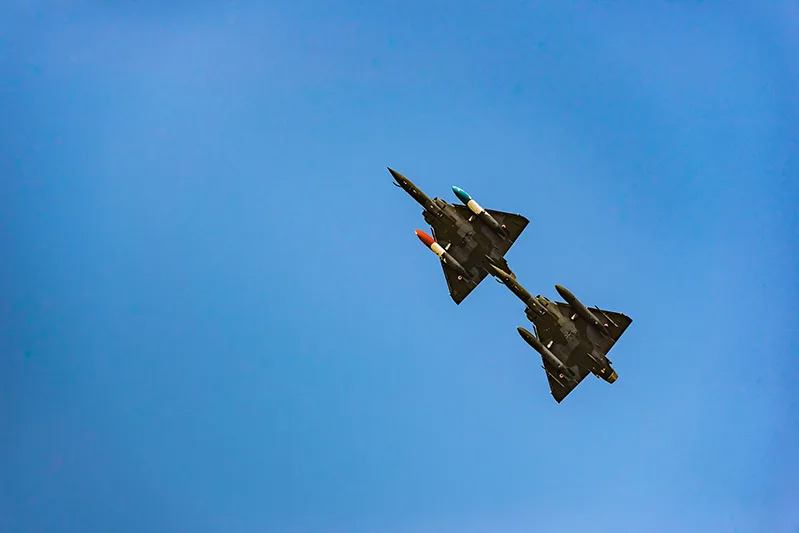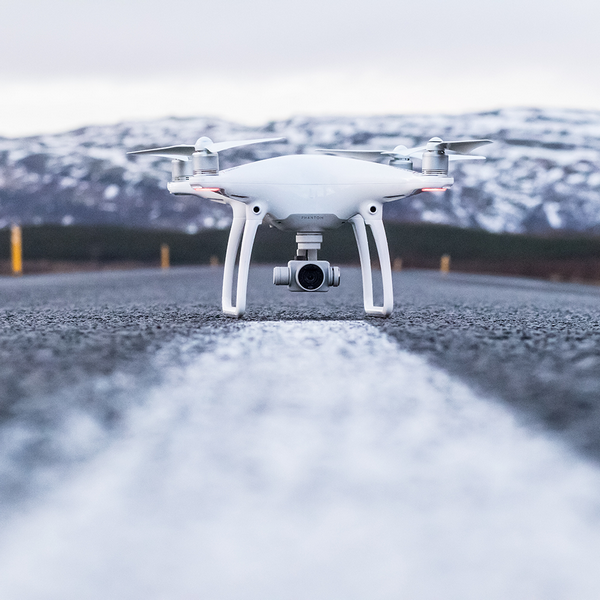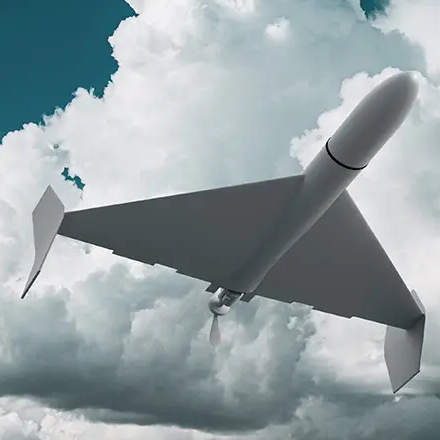Monitoring and Surveillance with Drones – Enhancing Security Through Drone Technology
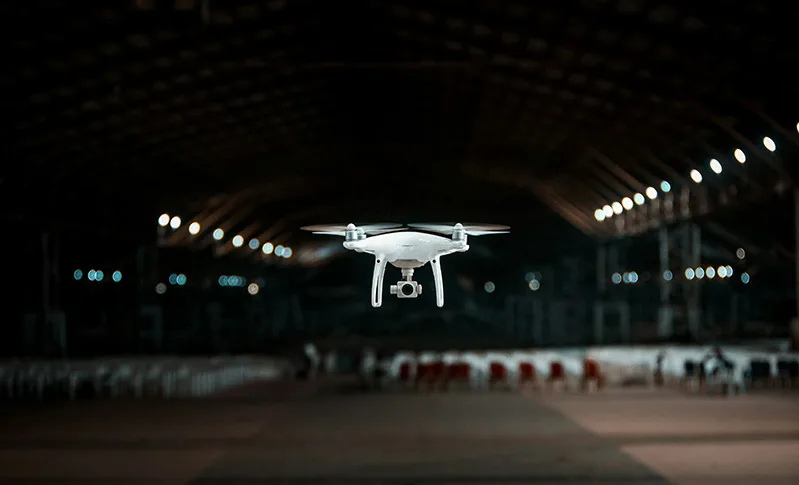
In today’s rapidly evolving monitoring and surveillance landscape, technology continues redefining the boundaries of what is possible. Once synonymous with hobbyists and aerial photography enthusiasts, drones have become crucial in enhancing security through monitoring and surveillance. This blog post delves deeper into the transformative impact of drone technology on security measures, shedding light on its applications, benefits, and future implications.
The Rise of Drones in Security
Drones have indeed become a game-changer in the security industry. Their ability to swiftly cover vast areas and provide real-time data makes them indispensable for surveillance. In the context of monitoring and surveillance, drones offer unparalleled advantages over traditional methods.
Applications in Monitoring
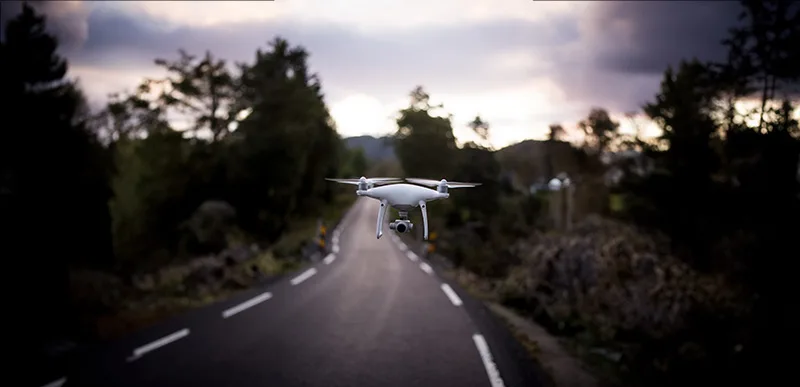
Event Security
Drones are increasingly being employed to monitor large-scale events, ensuring the safety of attendees. The aerial perspective allows for comprehensive coverage, identifying potential security threats before they escalate.
Border Control
Governments around the world are utilizing drones to enhance border surveillance. The agility of drones enables efficient monitoring of expansive border areas, curbing illegal activities and strengthening national security.
Infrastructure Inspection
Drones equipped with advanced cameras and sensors can be deployed to inspect critical infrastructure such as power lines, pipelines, and communication towers. This proactive approach to infrastructure monitoring minimizes the risk of failures and disruptions.
Surveillance Capabilities

Crime Prevention
Law enforcement agencies leverage drones to monitor high-crime areas, acting as a deterrent and aiding in the swift response to criminal activities. The aerial view provides crucial insights that might be challenging to obtain from ground-level surveillance.
Search and Rescue Operations
Drones equipped with thermal imaging and high-resolution cameras are instrumental in search and rescue missions. They can quickly cover large areas, identifying distressed individuals and expediting rescue efforts.
Wildlife Protection Activities
Environmental agencies use drones to monitor wildlife habitats, track endangered species, and combat illegal poaching. The non-intrusive nature of drones minimizes disturbance to ecosystems and their residents.
Benefits of Drone Monitoring and Surveillance

Cost-Effective Solution
Drones offer a cost-effective alternative to traditional surveillance methods, reducing the need for extensive manpower and physical infrastructure.
Real-Time Data Provision
The ability to provide real-time data enhances situational awareness, enabling quicker decision-making in critical scenarios.
Versatility
Drones can navigate diverse terrains and environments; thus, they are suitable for various surveillance applications.
Challenges and Ethical Considerations
While the benefits of drone surveillance are substantial, addressing challenges and ethical considerations is crucial. Privacy concerns, potential misuse, and the need for clear regulatory frameworks are only a few aspects that require careful consideration as drone technology continues to evolve.
Future Trends and Considerations
As technology advances, the future of drone monitoring and surveillance holds exciting possibilities. Integration with artificial intelligence (AI) for automated threat detection, improved battery life for extended flight times, and enhanced communication capabilities are areas where we can expect significant developments. The collaboration between drones and 5G technology is anticipated to amplify the seamless effectiveness of drones in transmitting data.
Conclusion
In conclusion, the integration of drone technology into monitoring and surveillance practices marks a significant leap forward in security measures. The applications are diverse and impactful, from safeguarding public events to protecting borders and wildlife. As we navigate this evolving landscape, staying informed about the latest advancements is crucial, ensuring that our security measures are as dynamic as the challenges they aim to address. Embracing the potential of drone technology can lead to a safer and more secure future. Exploring innovative partnerships and collaborations can further propel the integration of drones into our security framework.

